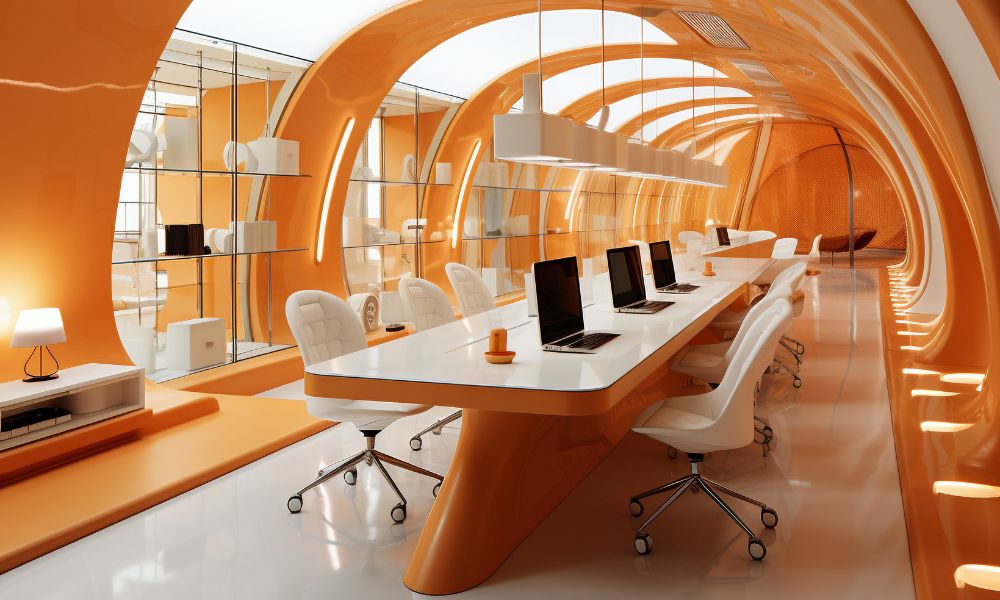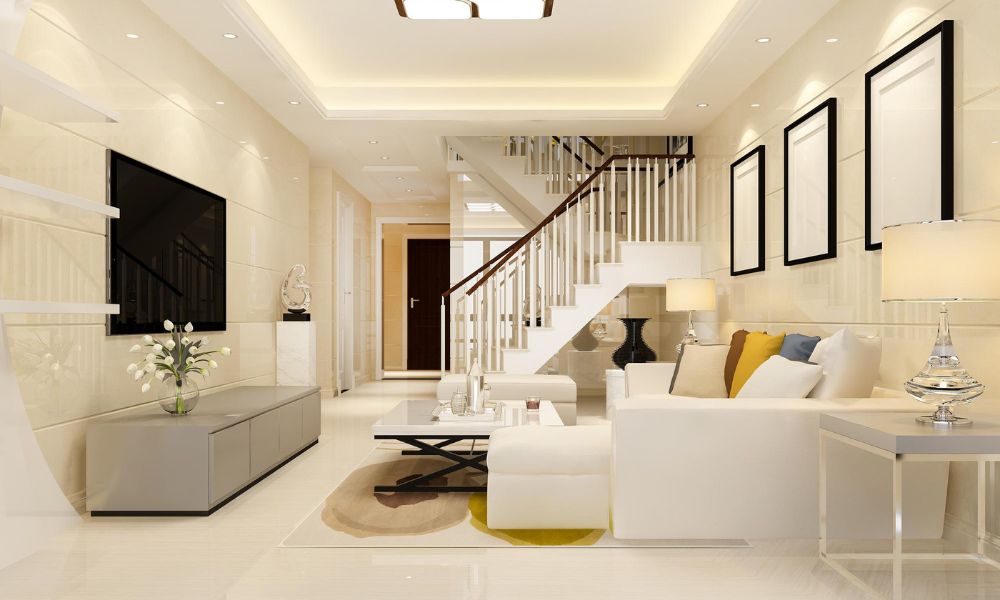Explore how Health And Renovation transforms spaces into safe, vibrant, and efficient environments. Learn strategies for impactful architectural renovation.
Architectural Renovation: Transform & Thrive
The spaces we live and work in profoundly affect our well-being, productivity, and lifestyle. Health And Renovation focuses on transforming buildings into healthier, more functional, and aesthetically pleasing environments. Whether updating a home, office, or commercial space, the goal is to enhance both physical and mental health through thoughtful architectural interventions.
Architectural renovation is more than cosmetic upgrades; it’s about reimagining spaces to foster well-being, efficiency, and longevity. This guide delves into the principles, strategies, and benefits of Health And Renovation, showing how thoughtful design can help you transform and thrive.
What Is Health And Renovation?
Health And Renovation combines architectural innovation with a focus on well-being. It emphasizes creating spaces that are safe, sustainable, and conducive to a healthy lifestyle.
Key elements include:
- Air Quality and Ventilation: Optimizing airflow for healthier interiors.
- Ergonomics and Comfort: Designing spaces that reduce physical strain.
- Sustainability: Incorporating eco-friendly materials and energy-efficient systems.
- Lighting and Acoustics: Enhancing mood and productivity through proper design.
By integrating these components, renovation projects not only improve aesthetics but also promote the health and satisfaction of occupants.
Why Health And Renovation Matters
The design and condition of our spaces have a direct impact on health, productivity, and quality of life:
- Improved Well-Being: Proper ventilation, natural light, and ergonomic layouts support physical and mental health.
- Enhanced Productivity: Thoughtful design fosters focus, collaboration, and efficiency.
- Sustainability and Cost Savings: Energy-efficient upgrades reduce utility costs and environmental impact.
- Long-Term Value: Renovated spaces maintain or increase property value while extending structural life.
With these benefits, Health And Renovation is not just an upgrade—it’s an investment in quality of life and long-term resilience.
Core Principles of Health And Renovation
1. Prioritize Air Quality and Ventilation
Introducing efficient HVAC systems, air purifiers, and natural ventilation enhances indoor air quality, reducing allergens and pollutants.
2. Optimize Lighting
Natural light boosts mood and productivity, while layered artificial lighting ensures comfort during low-light hours.
3. Ergonomic and Functional Layouts
Flexible layouts with comfortable furniture improve usability and reduce physical strain for residents or employees.
4. Use Sustainable Materials
Eco-friendly, low-VOC paints, recycled wood, and energy-efficient fixtures contribute to healthier environments and reduce environmental impact.
5. Acoustic Design
Soundproofing and strategic acoustic planning enhance concentration, relaxation, and privacy.
Strategies for Effective Architectural Renovation
Biophilic Design
Incorporating greenery, indoor gardens, and natural textures fosters connection with nature, improving mental health and comfort.
Smart Technology Integration
Automated lighting, climate control, and safety systems enhance convenience, energy efficiency, and sustainability.
Space Flexibility
Renovations should create adaptable spaces that meet evolving lifestyle or business needs.
Personalized Aesthetics
Custom finishes, color palettes, and furnishings make renovated spaces unique, functional, and emotionally resonant.
For inspiration on innovative renovation strategies, check out Melbourne A to Z Renovation for practical examples of successful renovation projects.
Even specialized studios like openarchitectstudio.com focus on blending health-conscious design with aesthetic appeal, ensuring every renovation maximizes both safety and beauty.
Case Studies in Health And Renovation
- Residential Upgrades: Homes with optimized natural light, improved ventilation, and ergonomic layouts create comfortable living spaces.
- Commercial Office Renovations: Incorporating collaborative zones, air quality systems, and biophilic elements increases productivity and employee satisfaction.
- Healthcare Facility Improvements: Thoughtful spatial design, proper ventilation, and lighting significantly improve patient comfort and staff efficiency.
These examples show that Health And Renovation goes beyond looks—it transforms the way people live, work, and interact within spaces.
Challenges in Health And Renovation
While the advantages are clear, renovation projects can encounter challenges:
- Budget Constraints: Comprehensive upgrades may require significant investment.
- Structural Limitations: Older buildings may have restrictions that require innovative solutions.
- Maintaining Aesthetic and Functionality Balance: Renovations must harmonize visual appeal with health and usability.
With strategic planning and professional expertise, these challenges can be addressed effectively, resulting in spaces that are both beautiful and health-conscious.
Transform & Thrive with Renovation
Health And Renovation is more than an architectural trend—it’s a holistic approach to enhancing the spaces where we live, work, and play. By integrating air quality improvements, ergonomic design, sustainability, and aesthetic personalization, renovation projects create environments that nurture well-being, productivity, and happiness.
Every building has the potential to inspire, energize, and support the people within it. Are you ready to transform your space into a healthier, more vibrant environment? Connect with architects and designers who specialize in Health And Renovation to unlock the full potential of your space and thrive in your renewed environment.




